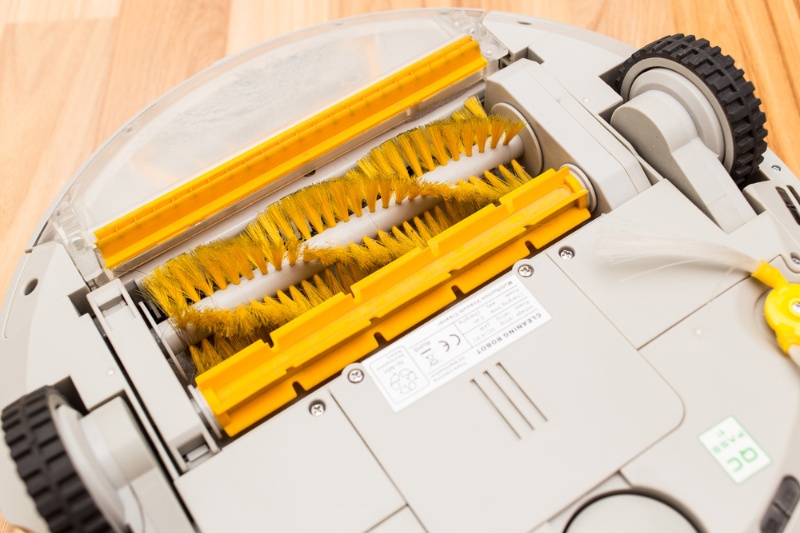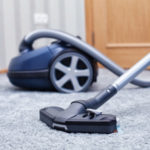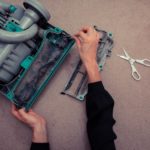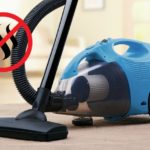Vacuuming is a necessary part of any cleaning routine. It removes dust and debris from our floors and furniture, including tough-to-get-to nooks and crannies.
This keeps our home clear of allergens and keeps the air free from dust. However, we may not be aware of the damage that vacuuming could be doing to our floors.
Most vacuums have a hard-bristle brush, sometimes a rotating one, to remove debris more efficiently. So, will the brush on a vacuum damage carpet or floors? Keep reading to find out.
Can Vacuums Rip Up Carpet?
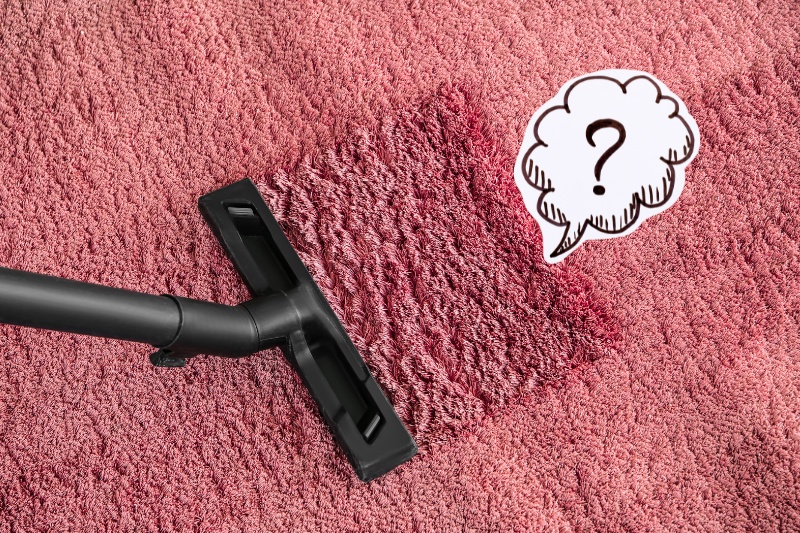
Vacuums can indeed cause carpets to fray when used incorrectly. But even when the correct settings are used, some vacuums are built in a way that isn’t ideal for carpets.
The vacuum’s height can have an impact on the damage it can do to carpets. If a vacuum is set too high, it won’t pick up the grit that gets trapped in the carpet fibres. If this grit is left behind, it can get trodden into the carpet.
On the other hand, if the vacuum is too close to the carpet, the brush, or even the plastic casing, can scrape the carpet, causing the fibres to become frayed.
Is Vacuuming Bad for Hardwood Floors?
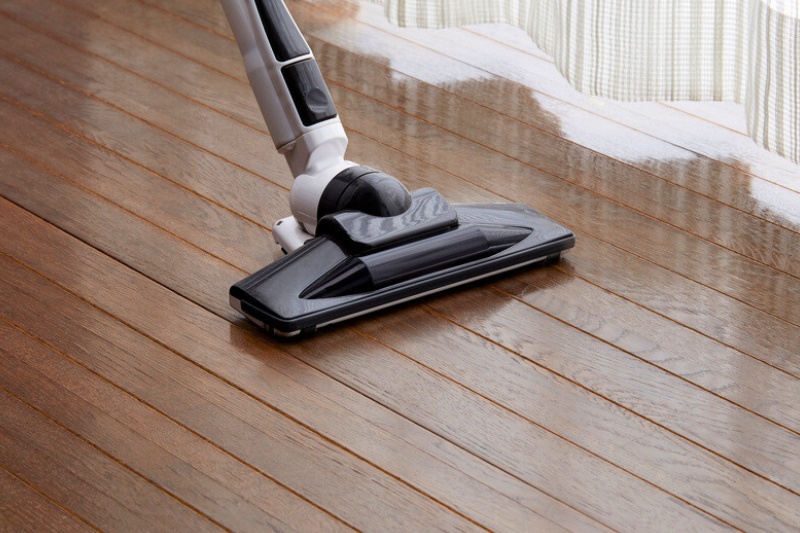
It depends on the vacuum, but some standard vacuum cleaners can be damaging to hardwood floors. There are two reasons for this.
Firstly, some vacuums have thick bristles and rotate quickly to ensure a better clean. The combination of hard bristles and vigorous movement can scratch hardwood floors.
Secondly, most upright vacuums tend to have plastic wheels which can also damage hardwood floors.
However, not vacuuming your floors is also damaging because, as with carpets, dirt and grit can be trodden into the floor and cause tiny abrasions.
What to Do About Fraying Carpets or Scratched Floors
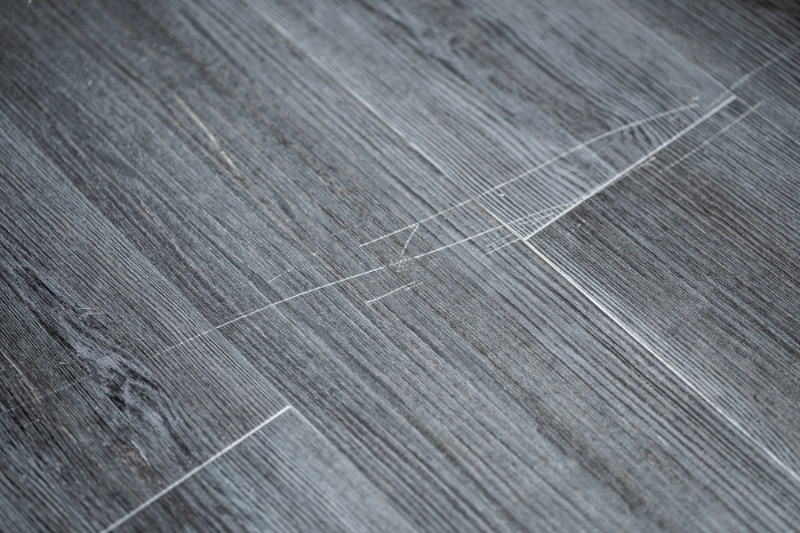
If you find that the fibres in your carpet are starting to look messy or you notice scratches on your hard floors, your vacuum could be to blame.
You can try to minimise damage by following these tips when vacuuming:
1. Choose the vacuum cleaner
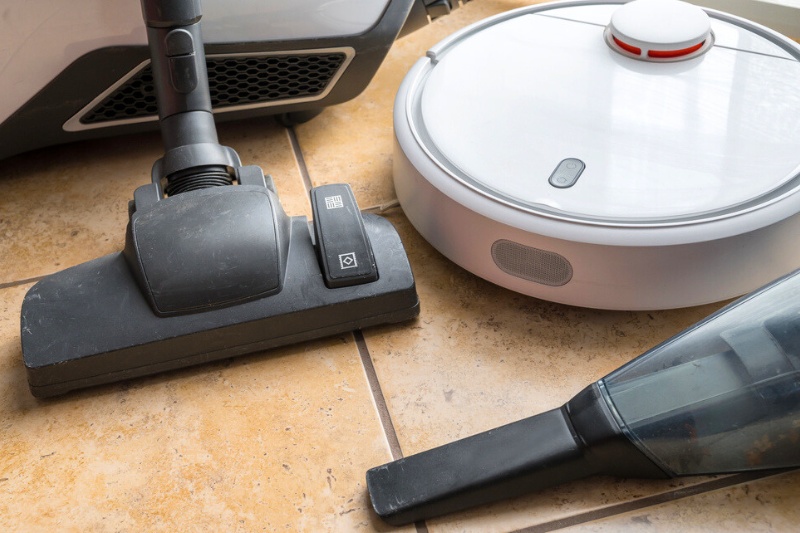
Luckily, there are many different types of vacuum cleaners, from upright to canister to robot vacuums.
There is something for every budget and storage need, but it’s also important to choose one based on the floors you’ll be cleaning.
You could get one vacuum for your carpets and another for your hard floors. But for those who lack the space or budget, look for vacuum cleaners that have multiple settings or that are safe for multiple surfaces.
Some vacuum cleaners have settings depending on the floor, or may allow you to adjust the height, speed, brush and suction power. This allows you to adapt the vacuum to the surface you’re cleaning.
2. Use the correct settings
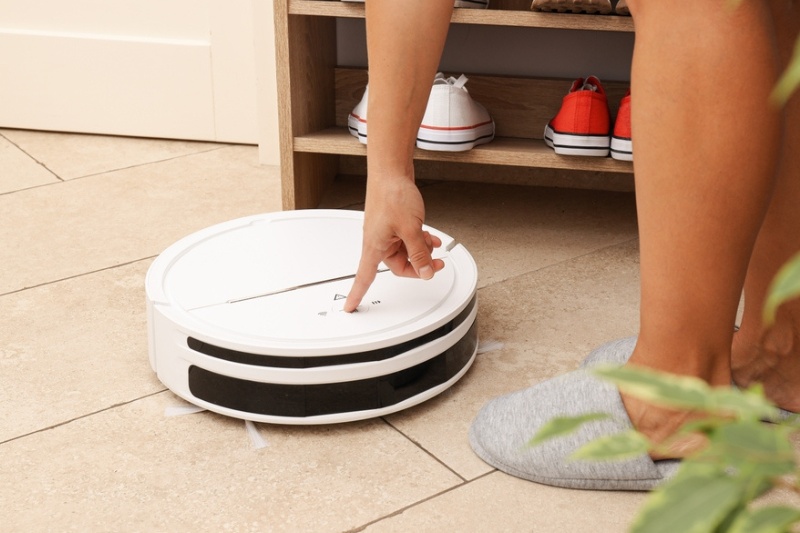
If you have a vacuum with adjustable settings, be sure you’re using the correct ones. Check the manufacturer’s manual for reference.
On the hard floor setting, the vacuum is set lower to help pick up crumbs more efficiently. It also stops the brush rotating, if it does, which protects the surface against the vigorous motion.
On carpeted surfaces, the vacuum is low enough to pick up crumbs from the fibres, but not too low that it scrapes the carpet.
3. Don’t vacuum too little or too often
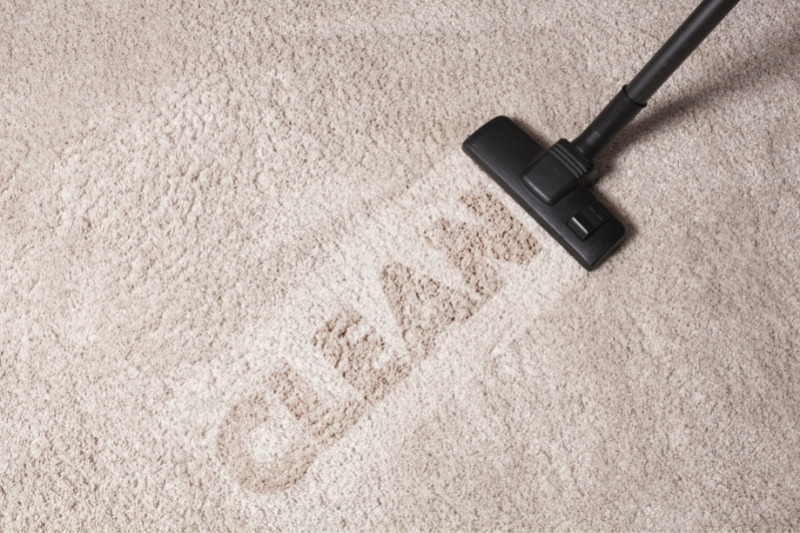
Carpets and rugs need to be vacuumed once to twice per week and hard floors should be vacuumed around once a week.
This may be difficult in houses with kids or pets, but try spot treating an area with the nozzle attachment as this avoids rubbing the vacuum against the floor.
On the other hand, don’t leave it too long between vacuuming. As mentioned earlier, when dust and crumbs build up in your carpet or on your floor, they can also cause damage if they get trodden in.
4. Learn the right technique
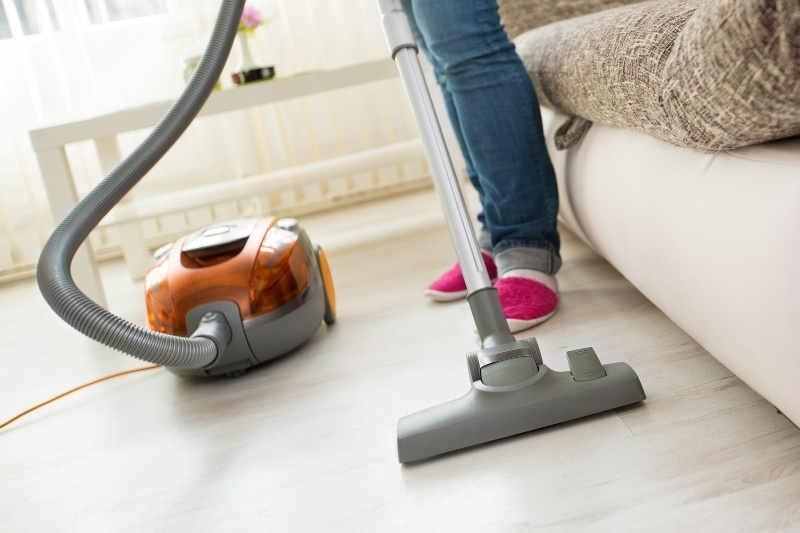
The way you vacuum your floors can also have an effect on them. It’s no secret that pushing it too hard or too fast will wear down the surfaces you’re cleaning.
Go section by section, in a linear motion. Push the vacuum away from you gently and then pull it back towards you over the same spot. This will guarantee a thorough clean.

In The Wash is your guide to the best laundry and cleaning products, tips and tricks. Our mission is to solve the UK’s cleaning and laundry dilemmas!
